How Teachers Can Use Technology to Support 3-D Teaching and Learning
By Cindy Workosky
Posted on 2019-02-25
Three-dimensional (3-D) teaching and learning integrates the use of science practices, crosscutting concepts, and core science ideas to help students make sense of the world. From a teaching perspective, learning progressions promote the use of science practices to develop understanding of crosscutting concepts and core science ideas that can be used to explain natural phenomena. From the learning perspective, lessons engage the learner in doing science that leads to questioning; modeling; using observations and measurements to recognize patterns; developing a sense of scale; defining systems or tracing the flow of energy; and developing the capacity to understand disciplinary core ideas. Purposefully integrating technology can support 3-D learning progressions in a multitude of ways, from data collection and interactive models to lesson personalization and assessment options, thus enhancing learning outcomes for all students.
When creating rigorous 3-D learning experiences, it’s important to plan structured, face-to-face collaborations and balance them with purposefully chosen digital experiences. Having equal opportunities for digital and face-to-face experiences gives diverse student groups multiple entry points to engage with challenging content. I use a variety of technological devices: an interactive whiteboard, a document camera, cell phones, Chromebooks, iPads and probeware, and apps in conjunction with digital resources such as Schoology (a Learning Management System [LMS]), Google apps, Kahoot, PlayPosit, PhET simulations, videos, podcasts, and Poll Everywhere.
Here’s how I used technology tools to teach a segment of a curriculum from the Concord Consortium called Interactions (Unit 1, Part 1).
I began by using a smartboard to stimulate interest in a phenomenon.
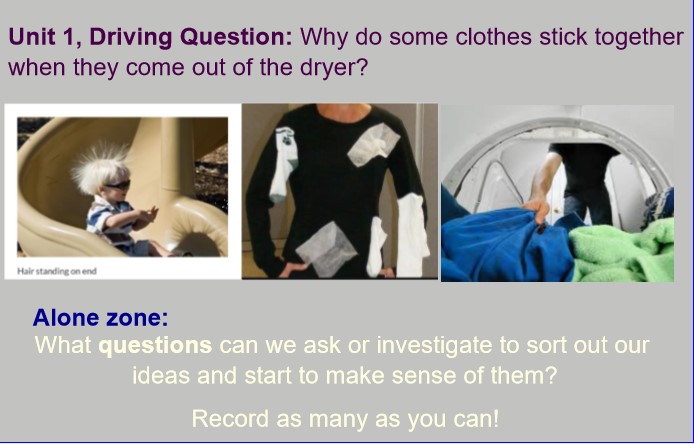 I asked students to generate questions inspired by the phenomenon, then share ideas with other students and reach consensus on their questions, facilitated by directions I provided on the smartboard. The visual clues reinforced the expectations for all students.
I asked students to generate questions inspired by the phenomenon, then share ideas with other students and reach consensus on their questions, facilitated by directions I provided on the smartboard. The visual clues reinforced the expectations for all students.

After pair, small-group, and whole-group discussions, I used the Schoology LMS to post student-generated, prioritized questions—and later, student consensus models—to a virtual driving question board that was accessible to all learners at all times. Students could contribute content and/or click on and enlarge all media input to see details at any time from any place, on any device with an internet connection.
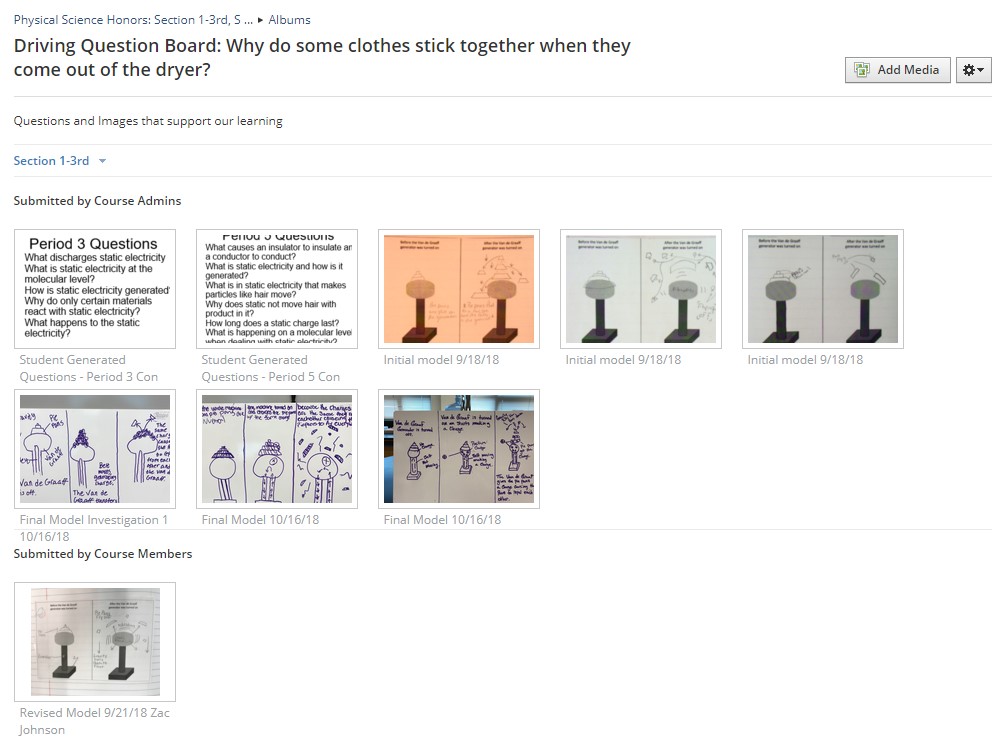
Schoology was also used to enrich learning progressions with interactive models that students used to construct understandings that lead to answers to their questions or online discussion boards. This lowered barriers and allowed all voices to be heard in response to a probing question or thought prompt.
In this learning progression, students worked independently or with a partner to build an understanding of how charged objects affect other objects without touching them.
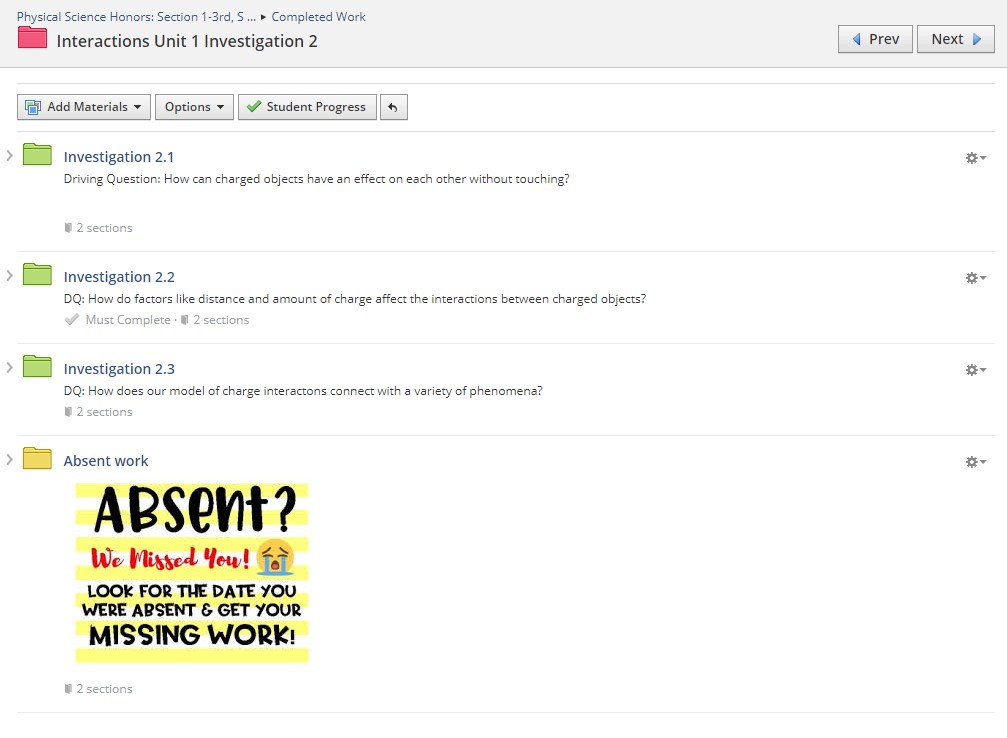
Using the LMS allowed students to have some control over the pace of their learning and enabled absent students to keep up with the class, which was key to their success. Inside the Investigation 2.2 folder, I placed a series of assignments that provided interactive simulations to initiate understanding, deepen understanding, and allow students to apply their understanding to a challenge and so they could confirm or reconstruct their ideas.
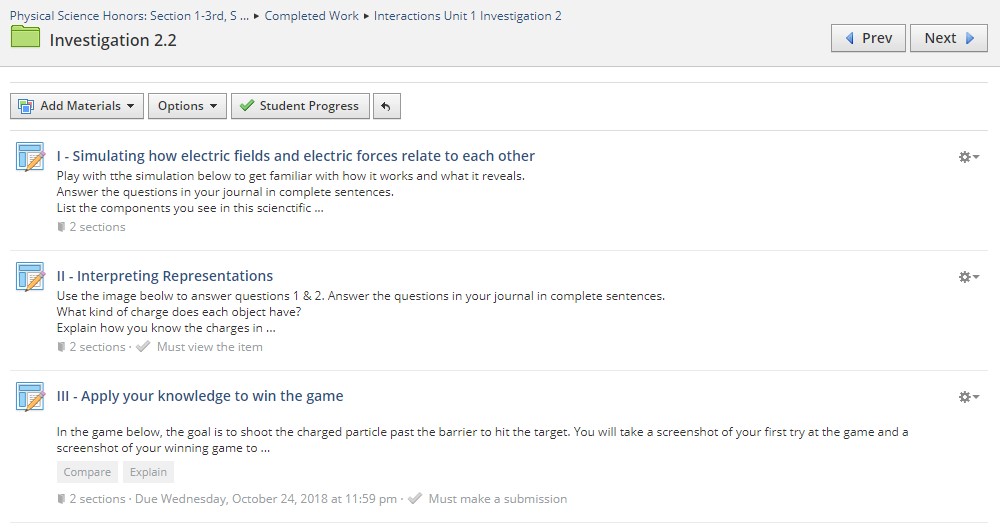
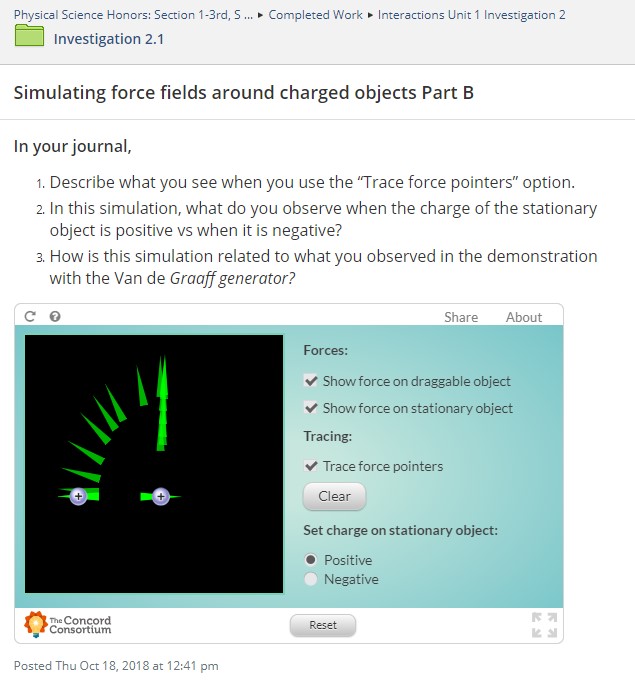
I projected shared goals, instructions, and visual prompts on the smartboard during every lesson. Individual and group consensus models were shared using the document camera linked to the smartboard, which facilitated whole-class sharing. The saved images of these models were also added to our driving question board to be used in subsequent lessons or compared to other models.
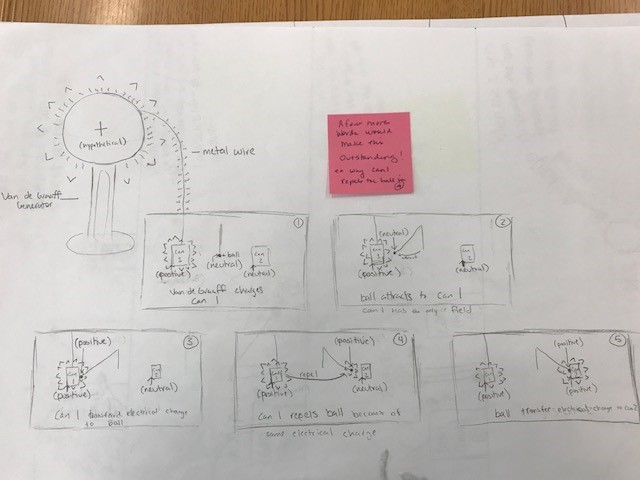
During a lesson progression, I used a student response system, Poll Everywhere, to formatively assess students. Students answered a series of questions anonymously, and the results were projected on the smartboard, stimulating productive conversation and debate that led to enhanced understanding for all students.
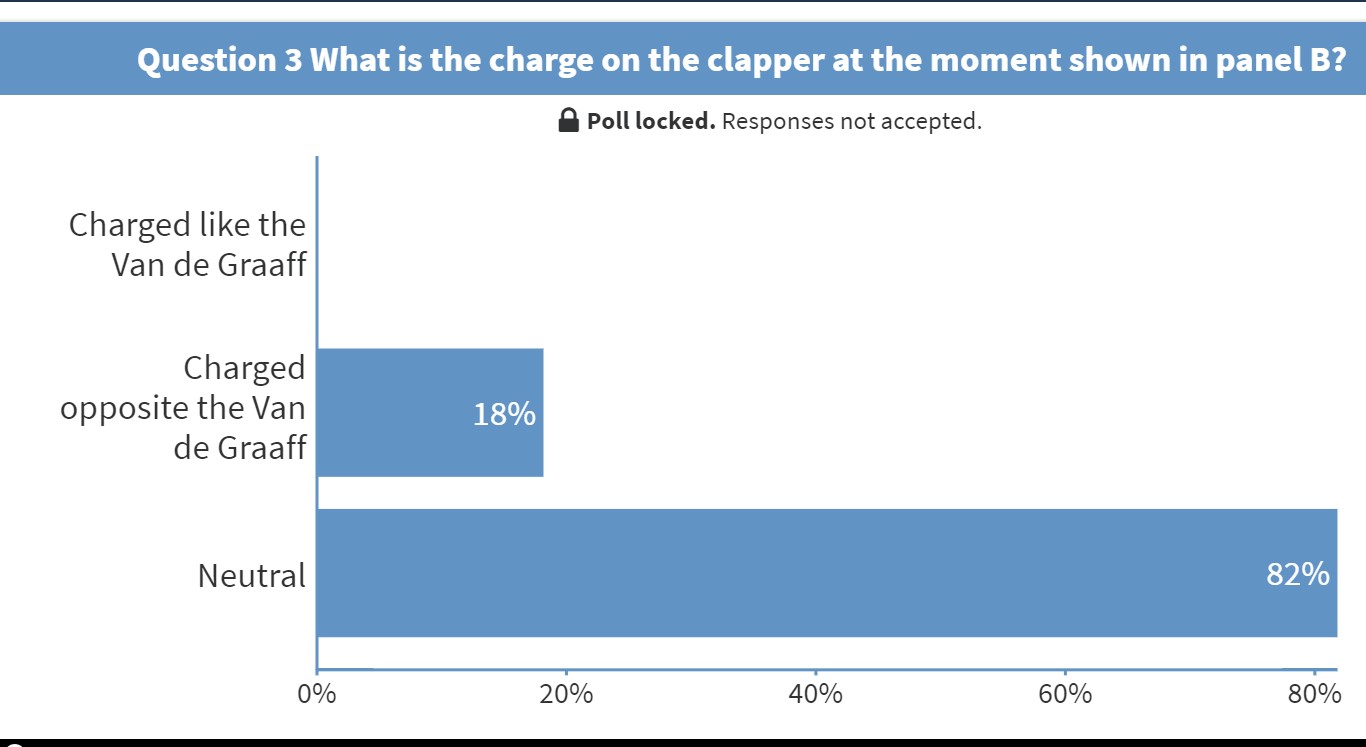
In the 21st century, students need technology to develop the cognitive and information access skills that STEM careers require. More importantly, all students deserve access to high-quality learning opportunities presented in coherent storylines, which can lead to a science-literate populace and potentially, to STEM leaders. Educational technology should be used to enrich and enhance student learning experiences, make lessons more accessible to all students, and help the teacher work more efficiently.
Exposing students to a science phenomenon and using that phenomenon to drive the learning progression provides a common experience that students, working and thinking like scientists, can use to acquire understanding of complex interactions that help them comprehend and explain their world, which is the essence of 3-D learning. Blending technology-enhanced experiences with rich and deliberate productive classroom discourse results in a safe and engaging space in which science literacy will grow in students from various cultures, socioeconomic groups, and physical and cognitive ability levels.
A major part of the NGSS vision is outlined in Appendix D: All Standards, All Students. Thus, technology can be used to level the learning environment in many ways and make rich, rigorous learning possible.
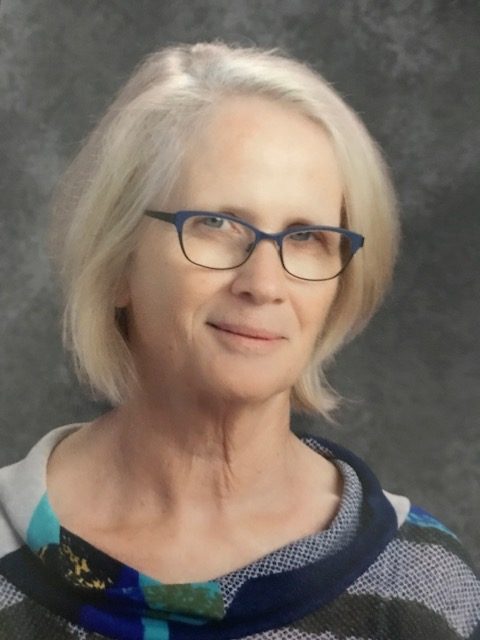 Ryan Revel teaches physical science and International Baccalaureate Biology at Sussex Central High School in the Indian River School District in Sussex County, Delaware. She is a national board–certified secondary science teacher and has taught for 10 years at the middle level and nine years at the high school level. Revel is a member of Achieve, Inc.’s Peer Review Panel and NSTA’s NGSS Facilitator Cadre. She also is a Lead Science Teacher for her school and for her school’s implementation of Schoology. Follow her on Twitter @revel56 or @RyanRevel and Instagram @rrevel.
Ryan Revel teaches physical science and International Baccalaureate Biology at Sussex Central High School in the Indian River School District in Sussex County, Delaware. She is a national board–certified secondary science teacher and has taught for 10 years at the middle level and nine years at the high school level. Revel is a member of Achieve, Inc.’s Peer Review Panel and NSTA’s NGSS Facilitator Cadre. She also is a Lead Science Teacher for her school and for her school’s implementation of Schoology. Follow her on Twitter @revel56 or @RyanRevel and Instagram @rrevel.
Note: This article was featured in the Februaryissue of Next Gen Navigator, a monthly e-newsletter from NSTA delivering information, insights, resources, and professional learning opportunities for science educators by science educators on the Next Generation Science Standards and three-dimensional instruction. Click here to sign up to receive the Navigator every month.
Visit NSTA’s NGSS@NSTA Hub for hundreds of vetted classroom resources, professional learning opportunities, publications, ebooks and more; connect with your teacher colleagues on the NGSS listservs (members can sign up here); and join us for discussions around NGSS at an upcoming conference.
The mission of NSTA is to promote excellence and innovation in science teaching and learning for all.
Future NSTA Conferences
2019 National Conference
Follow NSTA
Disclaimer: The views expressed in this blog post are those of the author(s) and do not necessarily reflect the official position of the National Science Teaching Association (NSTA).


